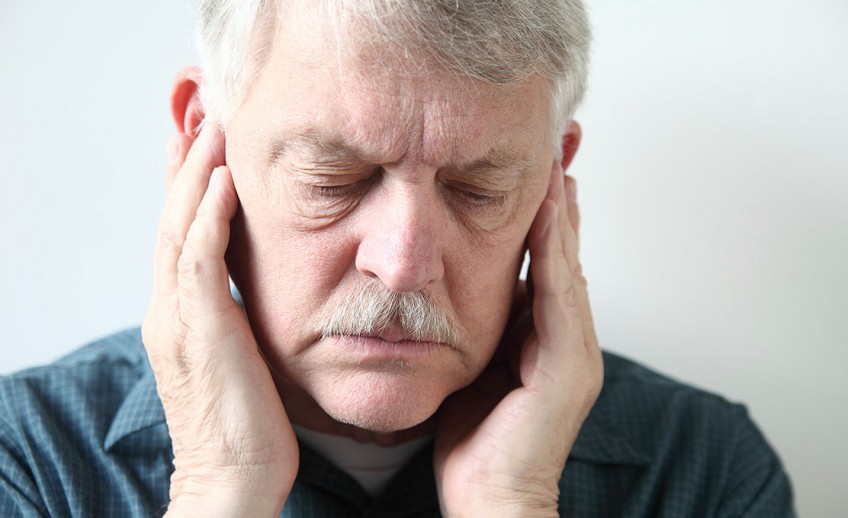The Temporomandibular Joint (TMJ) in the jaw is the most used joint in the body. We use it when eating, talking, breathing and when using our face to express feelings and emotions.
TMJ dysfunction, also known as Temporomandibular Disorder (TMD) is simply when things go wrong with this important joint.
Some people with TMJ dysfunction experience jaw pain or tenderness, but not all. The most common symptoms include:
- Clicking or popping or grinding of the jaw (when moving),
- Restricted opening of the jaw, and/or
- An inability to fully clench the jaw
- Headaches
There are many potential causes of TMJ disorders, including nocturnal grinding of teeth (bruxism), poor bite (under- or over-bite), or upper cervical joint dysfunctions. Orthodontic treatment (e.g. from prolonged mouth opening) or removal of wisdom teeth can also contribute to TMJ dysfunction. Other less common potential causes are neuropsychological factors, stress, whiplash and other trauma (e.g. blow to the chin), infection, arthritic conditions, tumours, and anatomical abnormalities.
Important Things to Know
How is TMJ Dysfunction Diagnosed?
Our staff at PhysioFit Berwick have the necessary training and experience to diagnose TMJ dysfunction. The physiotherapist may recommend dental X-rays, CT scan or MRI to further investigate your condition or to aid in diagnosis.
How is TMJ dysfunction treated?
After diagnosing the particular type of TMJ disorder, the physiotherapist will commence corrective treatment or refer you on to the most relevant health professional suitable for your TMJ condition.
While the physiotherapy staff at PhysioFit Berwick are experts in the treatment of TMJ ‘opening disorders’, a referral to a dentist may be require for the management of ‘closing disorders’, such as locked jaw or to treat underlying causes such as teeth grinding (bruxism).
The TMJ exercises and treatment prescribed following a thorough TMJ assessment may include:
- Posture improvement and neck treatment
- Relaxation exercises; Passive, active-assisted, or active exercises ; TMJ stabilisation exercises
- Muscle lengthening or massage
- Joint mobilisation
- TMJ movement pattern and timing correction

